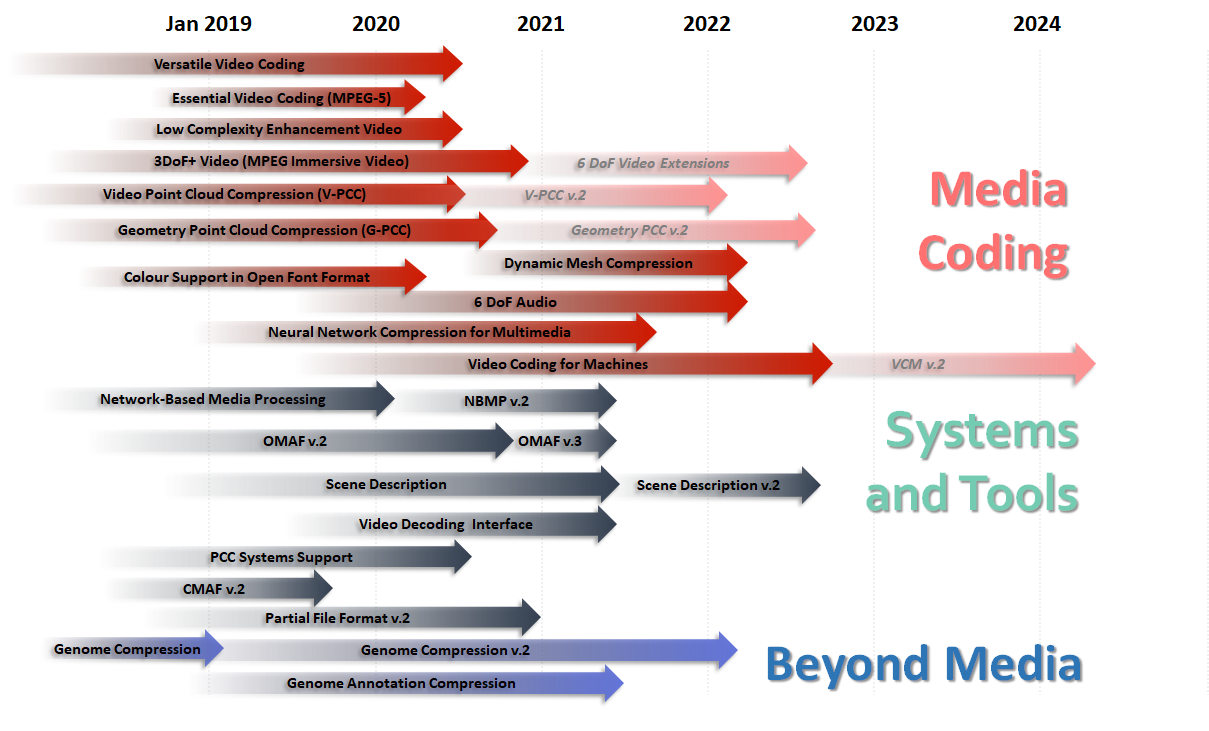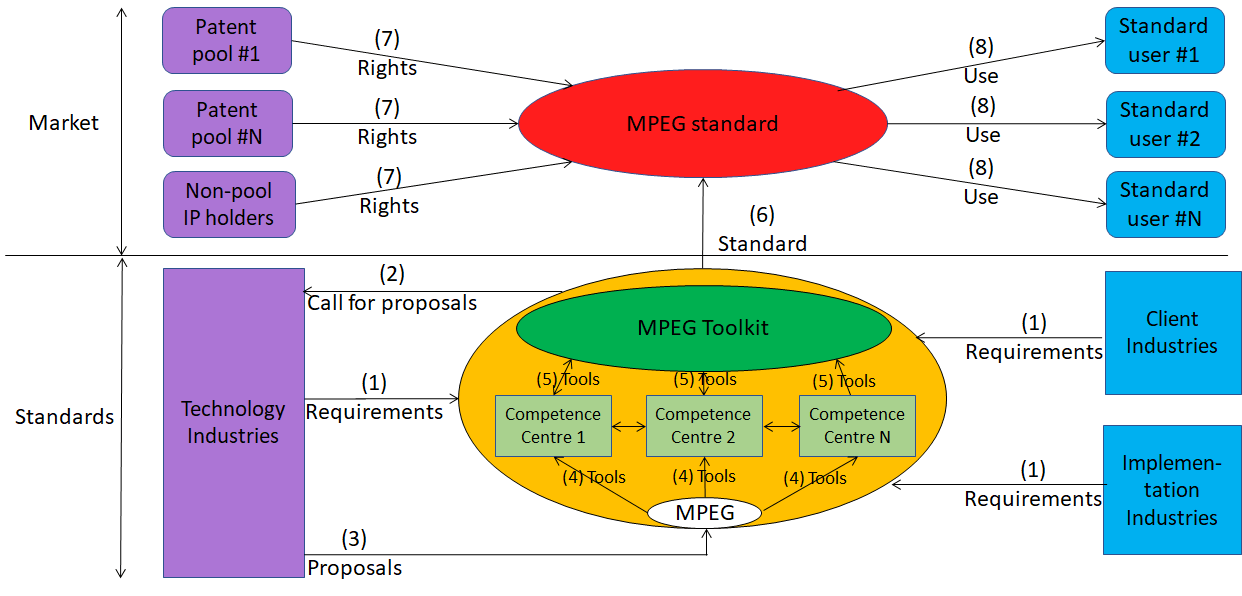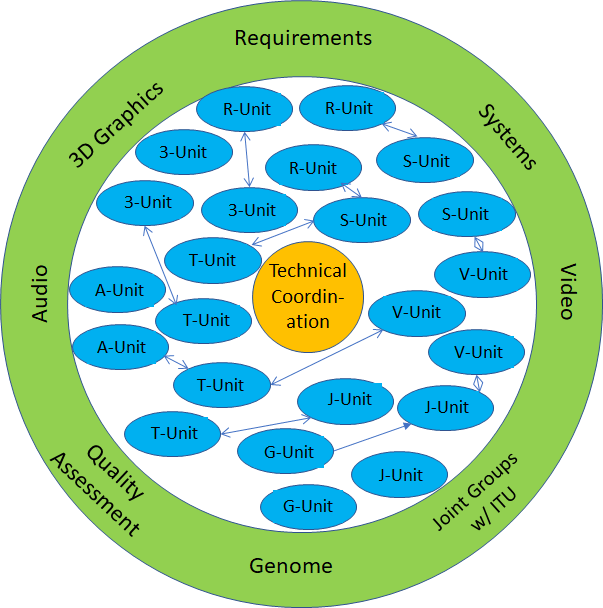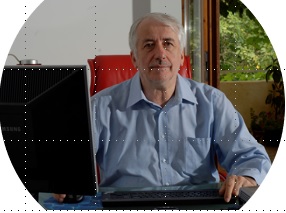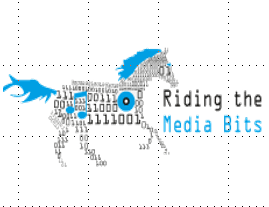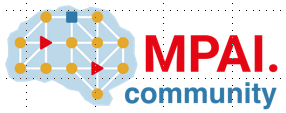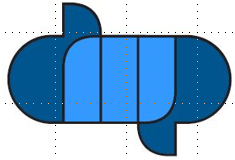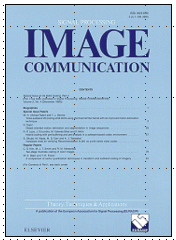How to make standards adopted by industry
Introduction There are many definitions of standard. In the Webster’s you find a definition of standard as “Something that is established by authority, custom or general consent as a model or example to be followed”, an oldish definition that thinks that people must be directed to their good. In the Encyclopaedia Britannica you find “(A technical specification) that permits large production runs of component parts that are readily fitted to other parts without adjustment”, a definition driven by the idea…
